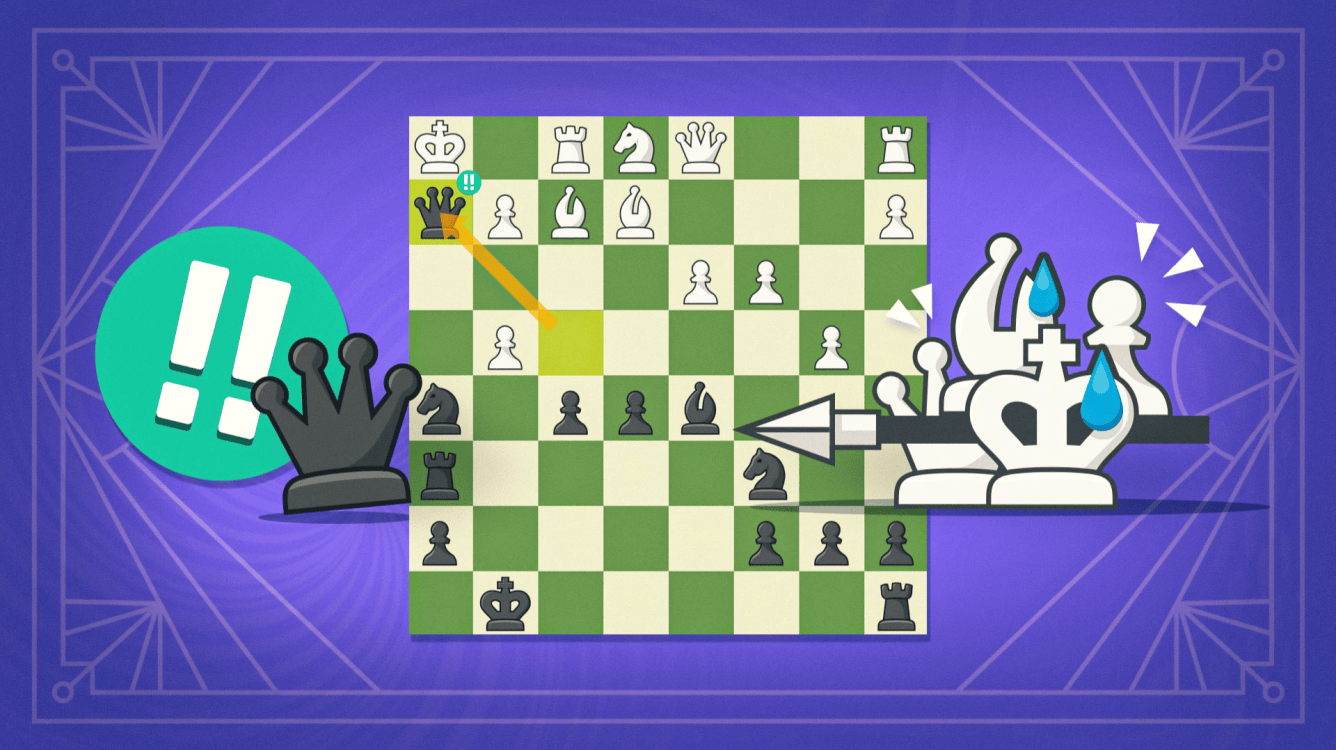
A Forgotten Masterpiece
FIDE recently awarded honorary grandmaster titles to IMs Iivo Nei and Andreas Dueckstein. I think it is a very good practice to reward famous chess veterans for their past great results and lives devoted to chess. While reading this news, a question immediately popped up in my mind, a question I am asked by my students on a regular basis: What about IM Rashid Nezhmetdinov? I don't know if FIDE only awards honorary GM titles to chess players who are still with us, and not posthumously. Nevertheless, in the list of chess players who never got the GM title despite their contribution to the game, Nezhmetdinov would be at the very top.
When people talk about Nezhmetdinov's chess heritage, they usually mention his rightfully famous games (or should I say works of art?) vs. GM Lev Polugaevsky and IM Oleg Chernikov, as well as three (!) beautiful wins over GM Mikhail Tal. Today, I would like to analyze a game which is not that well-known. Although Nezhmetdinov played it when he wasn't even a candidate master, the game is both very beautiful and very instructive for aspiring chess players. Let's take a look at the key moments:
This retreat might look weird, but it makes perfect sense. First of all, a well-known rule of strategy says: do not trade pieces if you have spatial advantage. Black is also thinking about an attack against White's king, which leads us to another familiar rule: when you attack, you do not want to trade pieces. So, even though Black had number of good moves available (including 8...Bxd2, 8...f5, and 8...Nf4), from the strategic standpoint, I like Nezhmetdinov's move the most!
This is another instructive moment. As we start playing chess, we learn that it is not advisable to move pawns in front of your own king, as it will make him vulnerable. While that is indeed a good general rule to follow, it has exceptions, like every rule—and here we are looking at one of them. Since White's pieces are very passive and cannot even dream about attacking Black's king, the advance of Black's g-pawn pushes White's pieces further back and gives Black more space for his coming attack on the kingside. A similar idea is quite popular in the Sicilian Defense.
Here is just one example:
Now let's get back to our main game. What would you play in the following position?
A rook lift should be in the toolkit of any chess player! It is the fastest way to bring a rook into an attack, usually using the third rank (sixth for Black). The rook lift is a very common maneuver and happens in many openings. Here is a good example:
So, Nezhmetdinov lifted his rook, now what?
Another golden rule of attack: the more pieces participate, the stronger the attack, so you want to bring as many of them as you can! Black is bringing his most powerful piece and it immediately makes White's position critical.
Now you have a unique opportunity to finish the game more brilliantly than even Nezhmetdinov himself! Can you spot a hidden combination missed by both players?
However, the actual finish of the game is also quite beautiful. Can you find it?
I am sure that you enjoyed this beautiful game, but more importantly, I hope you have learned many useful attacking strategies that you can use in your own games!






